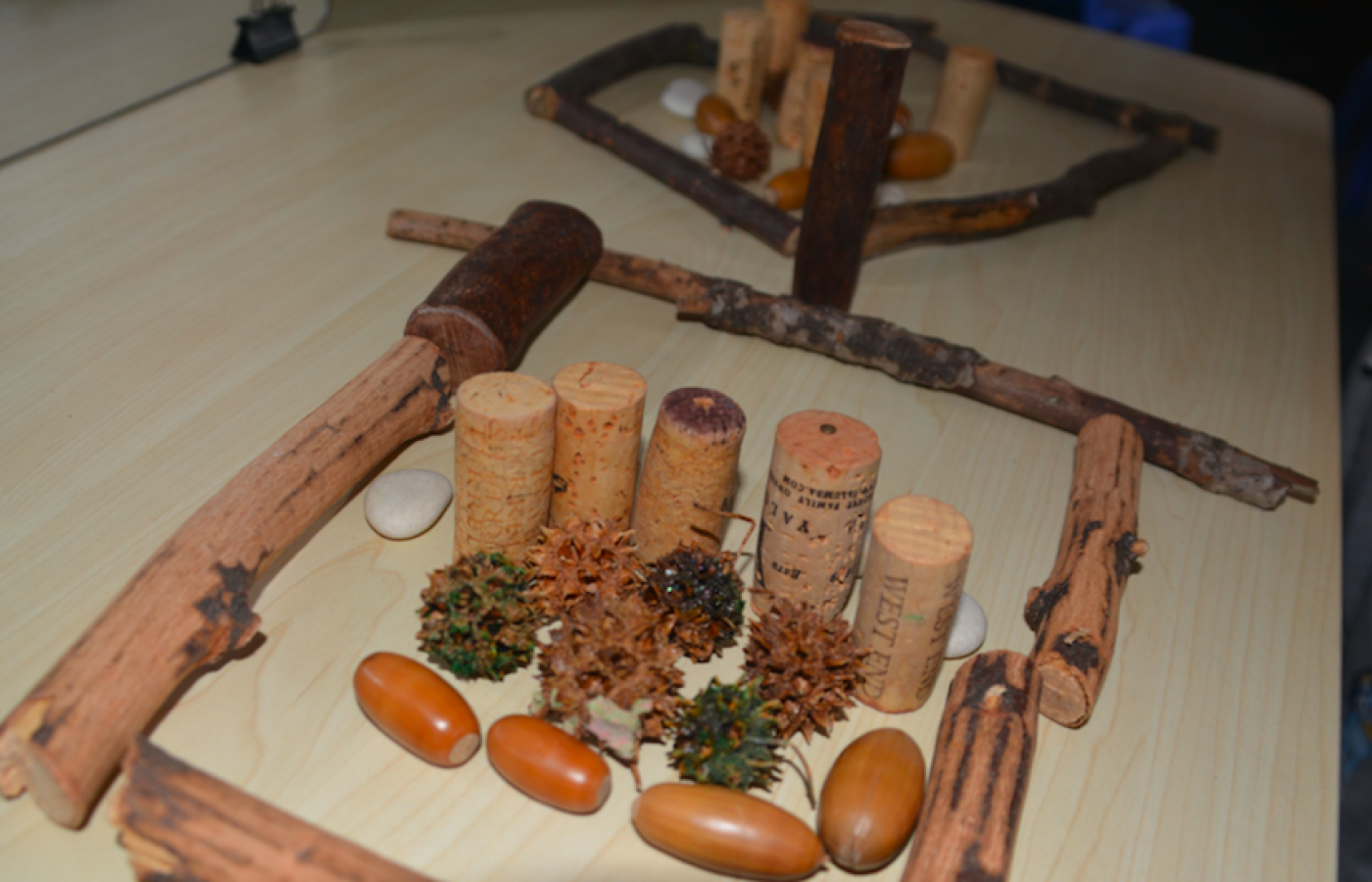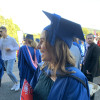Let’s talk building!

Let’s talk building!
Adding language to construction play
Materials Required
- Building materials: blocks, Lego, loose parts (e.g. cardboard boxes, lids, corks, shells etc.)
Images of buildings for inspiration
Play experience profile
-
Ages:
-
Min Playtime15 - 30 Minutes
-
Skills
-
Energy LevelActive play
-
Messiness Rating
-
EYLF Outcomes
Play Experience Preparation
Bring the materials to a place where you and your child will have plenty of space to build on the same level e.g. on the floor. - Baby: if your child is an infant then your role will be mainly modelling the experience and observing your child, noticing and responding to their forms of communication. - Toddler: if your child is a toddler then your role will be building next to or with your child. - Preschooler: if your child is a preschooler then your role may be an interested observer - watching, asking questions, engaging in conversation.Experience Steps
- Baby and toddler: Begin building by stacking blocks on top of one another.
- Add language by describing what you are doing e.g. "hmmm I think I’ll put this yellow block on top of the green block”.
- As your child joins in (this includes reaching, grasping or looking) add language by describing what you think your child might see or might be thinking e.g. “I can see you’re looking at blocks, let’s have a closer look”.
- Preschooler: Watch as your child builds.
- Contribute by adding language. Describe what you see, pose "I wonder" questions, use different adjectives to describe the same thing, ask your child about the story of their building etc.
- Try to find the right balance between contributing to your child's play but not interrupting their flow.

What to talk about, or questions to ask during the experience
- Positional language: on top, next to, underneath, behind, inside, outside
- Example: "The yellow block is underneath the blue block"
- Measurement: long, low, high, wide, narrow, perimeter, area
- Example: "These blocks look a bit like a fence they go all the way around the perimeter of your building"
- Synonyms: big, giant, huge, enormous, massive. When introducing new words be sure to always explain what the word means
- Example: "you want to build a big tower... that's a great word... big... I wonder what other words we could use to describe your building... maybe huge... or giant those words all mean big"
- Open-ended questions (i.e. questions that don't have a yes or no answer)
- Examples: How did you make this building? What was the first step? I wonder what would happen if.... Could you tell me about your building? What happens inside?
Build on this...
- Explore cause and effect by building a tower. How tall can the tower become before falling down? Why did it fall down? How could we stop it falling down?
- Explore positional language by creating an obstacle course at home e.g. go under the chair and around the tree.
WHO guidelines for physical activity and sedentary behaviour
Provide evidence-based public health recommendations for children, adolescents and adults on physical activity.
Learn more
Provide evidence-based public health recommendations for children, adolescents and adults on physical activity. Learn more
This play experience can become more physically active by taking it outside and building on a larger scale using loose parts such as tyres, large sticks/branches, wooden planks, pipes etc.
EYLF Outcomes
The Early Years Learning Framework has been designed for use by early childhood educators working in partnership with families, children’s first and most influential educators.
View PDF
The Early Years Learning Framework has been designed for use by early childhood educators working in partnership with families, children’s first and most influential educators. View PDF
- Children interact verbally and non-verbally with others for a range of purposes
- Children resource their own learning through connecting with people, place, technologies and natural and processed materials
EYLF Principle
Principle 3: High expectations and equity. Children progress well when they, their parents and educators hold high expectations for their achievement in learning.
EYLF Practice
Practice: Intentional teaching. Intentional teaching is deliberate, purposeful and thoughtful. They use strategies such as modelling and demonstrating, open questioning, speculating, explaining, engaging in shared thinking and problem solving to extend children’s thinking and learning.
Vocabulary growth supports growth comprehension and reading (Neuman & Wright, 2014).
Neuman, S. B., & Wright, T. S. (2014). The Magic of Words: Teaching Vocabulary in the Early Childhood Classroom. American Educator, 38(2), 4-13
Whorrall, J., & Cabell, S. Q. (2016). Supporting Children’s Oral Language Development in the Preschool Classroom. Early Childhood Education Journal, 44(4), 335–341. https://doi.org/10.1007/s10643-015-0719-0
Author:


